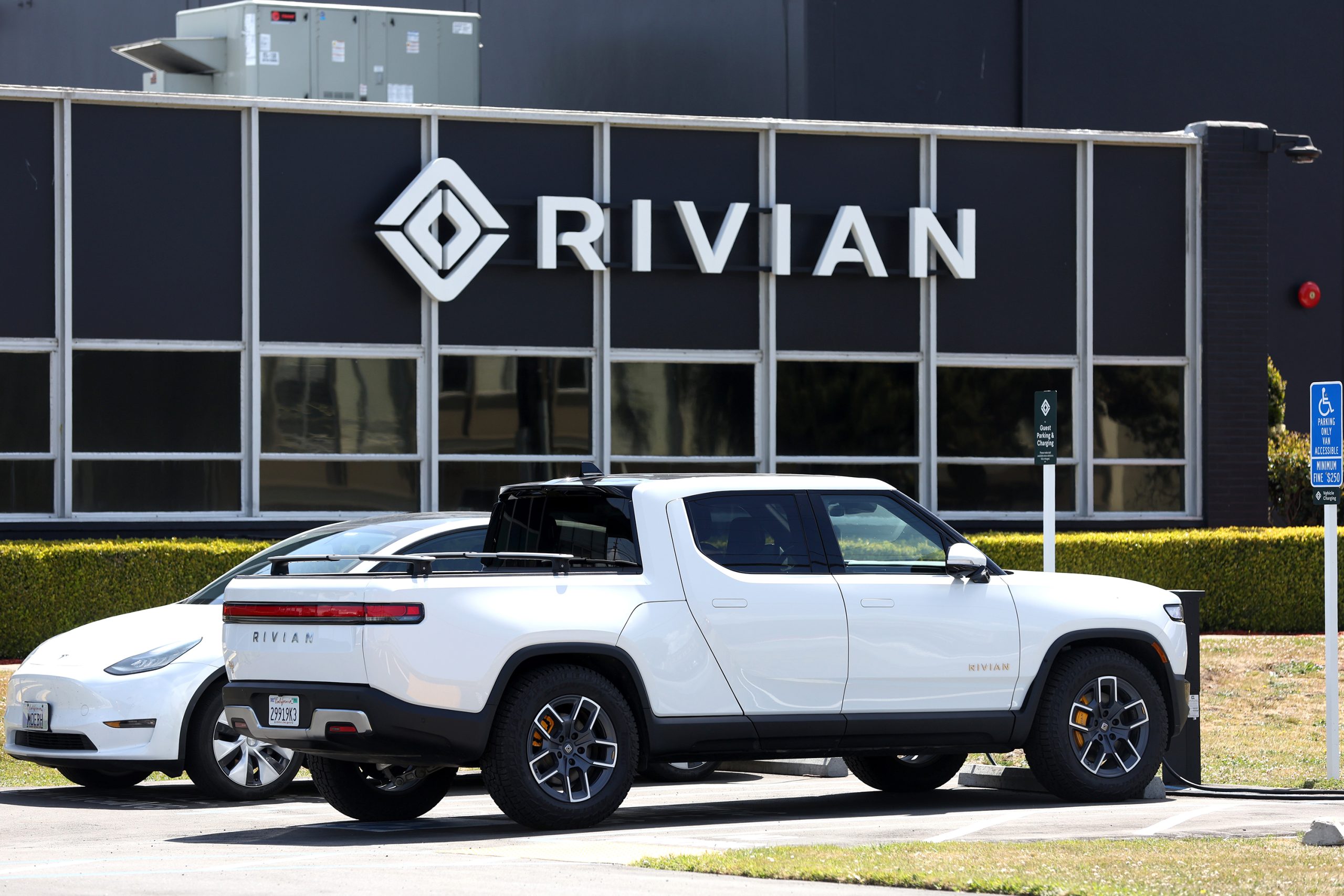Electric adventure-vehicle manufacturer Rivian (RIVN) has outperformed expectations in its third-quarter results. The company also raised its production forecast for the year while narrowing its full-year loss projection. Following the release of these results, Rivian’s stock experienced a slight uptick in after-hours trading.
For the third quarter, Rivian reported revenue of $1.34 billion, exceeding the estimated $1.31 billion, with an adjusted EPS loss of $1.19, beating the $1.32 expected. This revenue figure represents a significant 19.6% increase from the previous quarter, which stood at $1.12 billion, and a remarkable 150% rise from the $536 million reported a year ago. On an adjusted EBITDA basis, Rivian reported a loss of $942 million, narrower than the expected $1.04 billion loss, and an improvement from the $1.307 billion loss reported a year ago.
From a production perspective, Rivian increased its full-year forecast to 54,000 units, up from 52,000 units. This adjustment comes after an earlier forecast increase from 50,000 units.
In its Q3 shareholder letter, the company stated, “Due to the progress experienced on our production lines, the ramp of our in-house motor line, and the supply chain outlook, we are increasing our 2023 production guidance to 54,000 total units.”
Rivian also reduced its full-year adjusted EBITDA loss to $4.0 billion from $4.2 billion and lowered its 2023 capital expenditure (capex) guidance to $1.1 billion.
Furthermore, Rivian announced that it is no longer obligated to exclusively sell its electric delivery van (EDV) to Amazon, which is a shareholder in Rivian. Nonetheless, the company still intends to produce 100,000 delivery vans for Amazon under a prior agreement.
While Rivian had recently reported delivering 15,564 EV trucks, surpassing Bloomberg’s estimate of 14,973, its shares have declined by 11% since then and 45% over the past year. In contrast, the S&P 500 has risen by more than 14% during the same period. This drop in Rivian’s stock value is part of a broader trend affecting both EV manufacturers and traditional automakers like GM and Ford, who have experienced challenges in the EV market. Both companies have reported declining or “evolving” EV demand.
Ford recently paused $12 billion worth of investments in its EV projects, citing a lack of demand as the primary reason. Similarly, GM decided to slow down its EV truck expansion, attributing this decision to “evolving EV demand.” Even Tesla faced delays in constructing its new Gigafactory in Mexico, partially due to concerns about global economic conditions related to rising interest rates.
However, Rivian’s focus on lifestyle-oriented trucks for coastal and higher-income buyers may set it apart from these challenges. The company’s Q3 deliveries increased by 23% compared to the previous quarter, despite raising prices after initially selling lower-cost orders. Rivian’s target demographic appears less sensitive to rising prices and interest rates compared to the broader population, potentially positioning the company as an outlier in the EV market.
Shayne Heffernan









